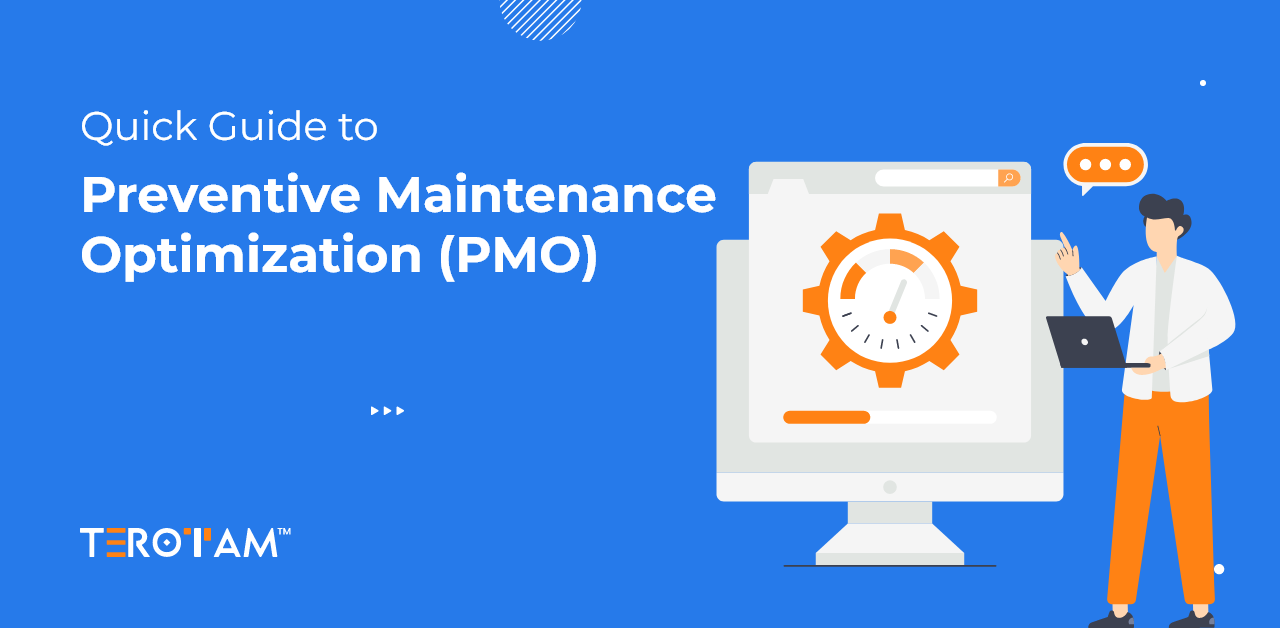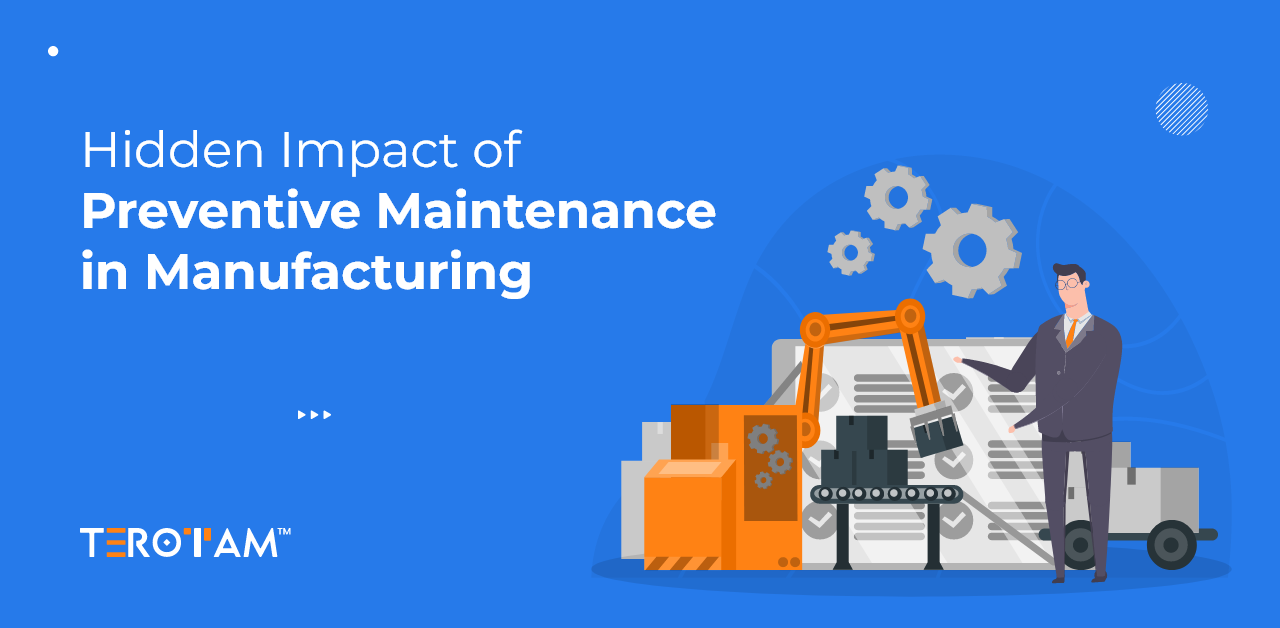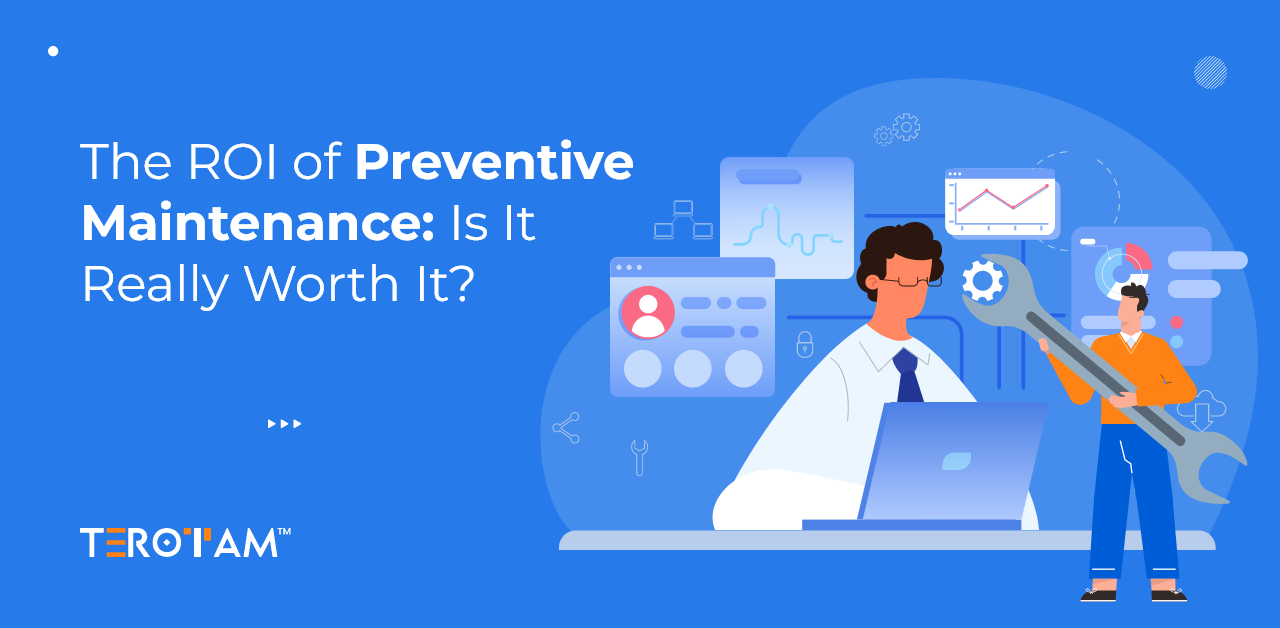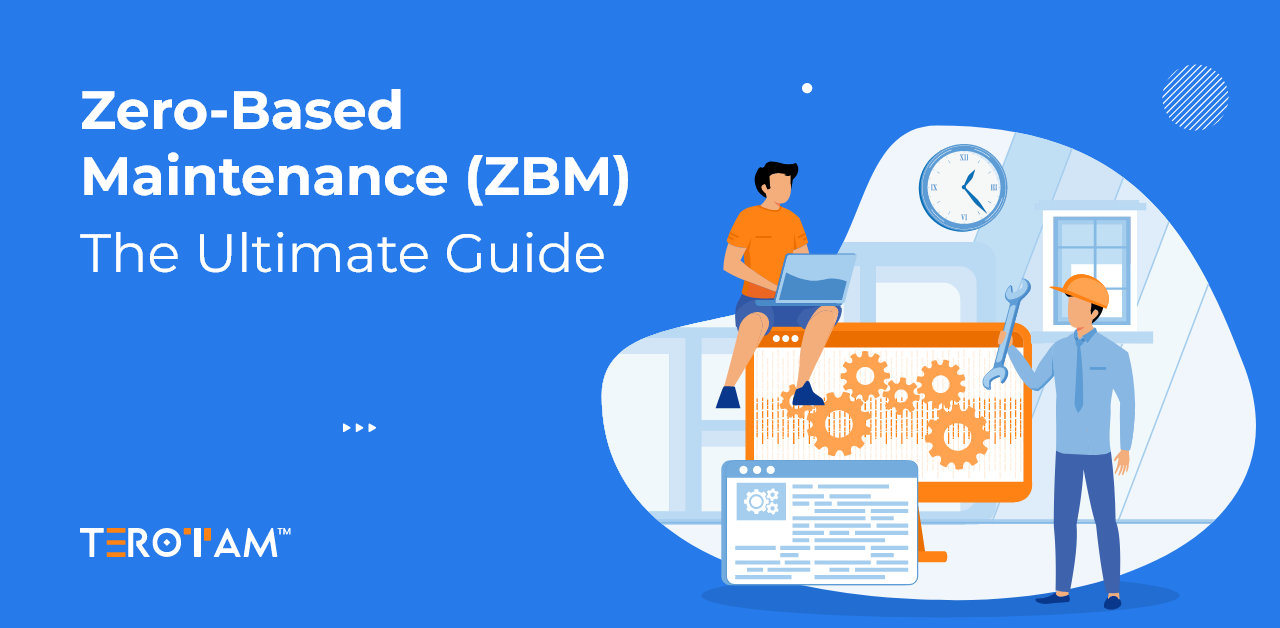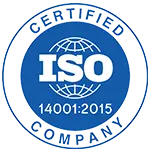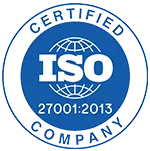Preventive maintenance helps avoid sudden equipment failure, reduce repair costs, and keep daily operations smooth. But as businesses scale, just having a checklist or fixed schedule isn’t enough. Over time, teams begin to realize that simply doing maintenance at regular intervals doesn’t always guarantee better results—it might lead to wasted time, spare parts, and even early wear. That’s where preventive maintenance optimization (PMO) steps in.
This article explains what preventive maintenance optimization is, why it’s important for asset-heavy businesses, and how industries can apply it to improve uptime and lower costs.
What Is Preventive Maintenance Optimization?
Preventive Maintenance Optimization is the process of improving maintenance schedules and activities based on real performance data, risk analysis, and equipment condition. Instead of relying only on time-based tasks, PMO involves using data and tools to plan the right maintenance at the right time for the right asset.
In simple words, it’s about making maintenance smarter—reducing unnecessary tasks while ensuring critical assets don’t fail. PMO works hand-in-hand with data collected from sensors, CMMS platforms, historical logs, and inspections to keep equipment healthy without overdoing the maintenance work.
Why Is Preventive Maintenance Optimization Important?
For companies with hundreds of machines, sticking to rigid maintenance schedules can drain resources and still lead to failures. PMO helps strike a balance by analyzing what maintenance tasks truly add value and which ones are just routine work with little benefit.
Maintenance teams can then stop over-maintaining low-risk assets and shift focus to high-impact areas. Over time, this helps reduce operating costs, minimize breakdowns, and improve overall asset performance without overloading technicians.
3 Approaches to Preventive Maintenance Optimization
Preventive maintenance optimization can be approached in different ways, depending on how mature your maintenance processes are, how much data you have, and what kind of assets you’re dealing with. While some strategies are highly analytical, others are more practical and experience-driven. Below are three different ways businesses can optimize their PM programs.
1. FRACAS (Failure Reporting, Analysis, and Corrective Action System)
This method focuses on learning from past equipment breakdowns to prevent future ones. Instead of treating failures as isolated events, FRACAS treats them as opportunities to improve.
In this approach, each failure is investigated thoroughly—how it happened, what went wrong, and what impact it caused. The real value lies in spotting repeat issues or recurring parts that give trouble. Once you know the pattern, it’s easier to adjust PM tasks to tackle them head-on.
FRACAS works best when failures are well documented and followed up with corrective action. Over time, the insights help reduce unplanned downtime by refining what should go into your PM checklist—and what should come out.
2. RCM (Reliability-Centered Maintenance)
RCM is a structured way to figure out what kind of maintenance each asset really needs. It’s not about checking everything regularly—it’s about checking the right things for the right reasons.
Instead of starting with data, Reliability-Centered Maintenance (RCM) starts with questions: What function does this machine serve? What happens if it stops? What’s the worst-case scenario if it fails? Based on those answers, tasks are assigned based on risk, not routine.
It’s especially useful when you have a limited failure history but can’t afford surprises—like in high-stakes manufacturing, energy, or aviation. RCM helps you spend time and resources where it matters most, without overdoing it elsewhere.
3. Judgment-Based Analysis
This approach leans on the experience of your team—technicians, operators, and maintenance leads who know the quirks of your equipment better than any report ever will.
Instead of hard data, this method uses practical knowledge to guide preventive maintenance schedules. For example, if a technician knows a particular pump starts acting up every three weeks, they’ll plan a quick inspection before it gets there—even if the manual says otherwise.
It’s a good option when data is missing or when working with simple, noncritical equipment. However, since it’s heavily dependent on human observation, it’s important to back it up with at least basic documentation to avoid inconsistency or knowledge loss when staff changes.
Key Steps Involved in Preventive Maintenance Optimization
PMO is not a one-time task. It’s an ongoing improvement process where businesses review current practices and fine-tune them with data and experience. Here’s how it generally works:
1. Review existing preventive maintenance plans
Before making any changes, teams need to understand how current PM schedules are performing. This involves collecting data on:
- Failure history and downtime records
- Frequency of PM tasks and time taken
- Spare part usage and cost
- Feedback from technicians about repetitive or unnecessary tasks
The goal is to find gaps—are you fixing what’s not broken or missing warning signs on critical machines?
2. Analyse asset criticality and risk impact
Not every machine needs the same level of attention. Teams need to classify equipment based on how important they are to business operations. This step includes:
- Identifying high-priority and production-critical assets
- Evaluating the risk and cost of failure for each asset
- Understanding safety, compliance, and environmental risks
Once machines are categorized, maintenance plans can be adjusted based on their role and impact.
3. Use failure data and condition-based triggers
PMO uses actual failure data and condition metrics rather than just relying on the calendar. This helps in:
- Spotting patterns of repeated failures and their root causes
- Deciding whether a task is useful or can be skipped
- Introducing sensor-based triggers where possible
In some machines, replacing parts only when wear is detected works better than doing it after fixed intervals.
4. Refine task intervals and activities
This is where the optimization begins. Based on all insights gathered, businesses can start adjusti
The new plan aims to keep machines running longer with less manual work and fewer surprises.
5. Test, monitor, and improve continuously
After changes are implemented, teams need to monitor their effect on performance. This includes:
- Tracking downtime changes and cost impact
- Gathering technician input on task load and practicality
- Revising intervals if new patterns emerge
A good PMO setup keeps evolving—it doesn’t stop after the first revision.
Metrics and KPIs to Track for Preventive Maintenance Optimization (PMO)
To know whether your optimization efforts are working, you need to track the right numbers. These metrics highlight where your maintenance is efficient, where it’s wasteful, and what needs adjustment to get better performance from your assets.
- Planned Maintenance Percentage (PMP) shows how much of your work is proactive vs reactive
- Mean Time Between Failures (MTBF) helps track how long equipment runs before it breaks
- Mean Time To Repair (MTTR) measures how quickly failures are fixed
- PM Compliance Rate shows whether tasks are completed on time as scheduled
- Maintenance Cost per Asset reveals how much you’re spending on each machine
- Spare Parts Usage Trend identifies overuse or underuse of critical inventory
- PM Task Effectiveness tracks how often a PM task actually prevents future failure
- Asset Availability Rate indicates how often equipment is in ready-to-use condition
- Rework Frequency shows how often tasks have to be redone due to poor execution
- Downtime Reduction Percentage measures how much downtime you’ve saved through optimization
How Does CMMS Software Help With Preventive Maintenance Optimization?
Imagine a facility manager juggling 200 assets. Some machines are over-maintained, others neglected until they break. Technicians are filling out paper checklists, and inventory teams always find out too late that a spare part is missing. That’s the starting point for many businesses before a CMMS comes in.
Now bring in a CMMS platform.
Suddenly, the same manager can:
- Schedule PM based on machine usage, not just calendar dates
- Get auto-alerts when an asset crosses performance thresholds
- Assign tasks to available technicians instantly
- Monitor whether tasks were done on time and what was observed
- Check which parts were used and what’s left in inventory
A CMMS doesn’t just store data—it makes it actionable. It tracks patterns, identifies problem areas, and helps decision-makers trim the fat from their PM routines. It’s the digital backbone of preventive maintenance optimization—turning guesswork into a repeatable, measurable system.
Without a CMMS, PMO is just a good idea on paper. With one, it becomes a living, working process.
Improve the PM Optimization Process With TeroTAM
TeroTAM is designed to make preventive maintenance optimization simple, structured, and scalable. Instead of manually juggling schedules, spreadsheets, and technician reports, it gives you a unified system to manage everything in real time. Whether you’re optimizing for cost, time, or asset performance, TeroTAM helps you set up, monitor, and fine-tune your entire preventive maintenance plan.
The platform supports condition-based triggers, automates repetitive planning, and brings visibility across departments. More importantly, it doesn’t just support maintenance teams—it empowers them with data, checklists, notifications, and a clear picture of what’s working and what needs adjustment.
- Set asset-specific PM frequencies based on usage, risk, and condition
- Create mobile-friendly PM checklists for easy task execution on the floor
- Schedule preventive tasks automatically with calendar and meter-based triggers
- Monitor task completion, delays, and technician performance in real-time
- Track spare part consumption linked directly to PM tasks
- Generate reports on failure trends and PM impact instantly
- Adjust task intervals using historical data and asset performance logs
- Collaborate with internal teams and vendors through a shared digital space
- Sync with IoT sensors for automated maintenance alerts
- Avoid unnecessary PM tasks with real-time optimization insights
Conclusion
Preventive Maintenance Optimization helps companies reduce waste, increase uptime, and use their resources more wisely. It’s not about doing less maintenance—it’s about doing the right maintenance, at the right time, and with better planning. With the help of data, digital tools, and practical experience, businesses can transform their maintenance operations from routine-based to results-focused.To learn how TeroTAM CMMS can support your PM Optimization strategy with advanced scheduling, data analysis, and condition monitoring, write to us at contact@terotam.com.


